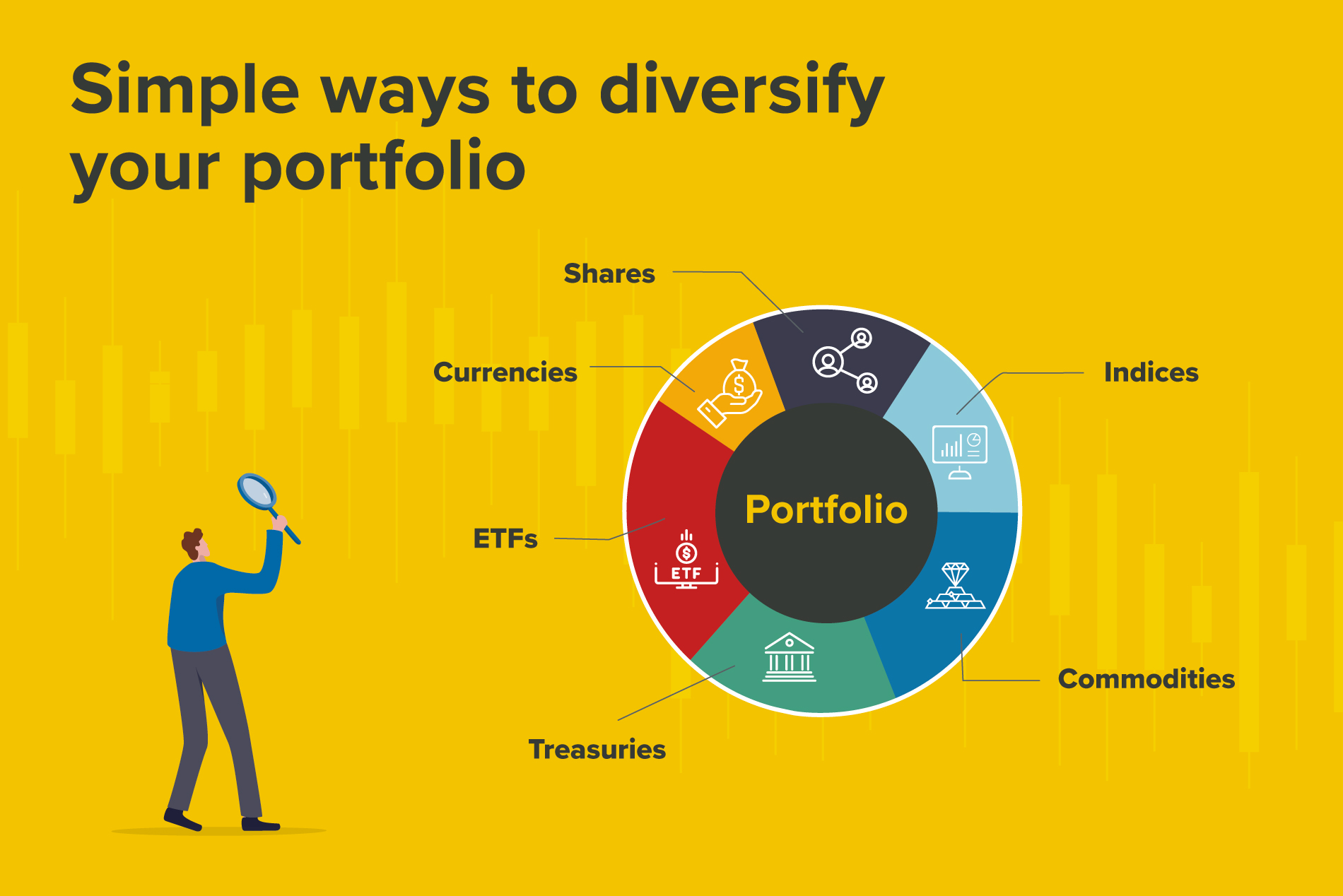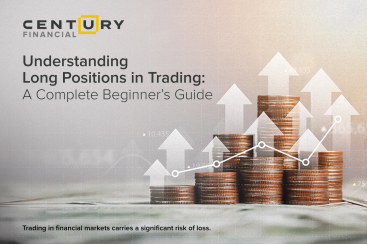
.jpg)
When it comes to protecting one’s investment portfolio, there are various things investors do. But one certain way is through portfolio diversification.
Portfolio diversification is all about spreading your investments so you are not exposed when one of your investments takes a swing towards a downward trajectory. The idea is to reduce the volatility of your investment portfolio over a period of time. This ensures that the remaining investments in the portfolio will be less sensitive when one investment fails. Simply put, “don’t put your eggs all in one basket.”
.png)
In financial planning, portfolio diversification is a great strategy to use, especially for long-term investments. In fact, most financial planners will tell you it is a must for financial planning.
Asset allocation in different instruments like stocks, exchange-traded funds (ETFs), debt instruments, commodities, etc., ensures your investments are relatively secure if any one of these instruments fail to make a profit. But, more importantly, it ensures your returns will still get a higher yield in the long term.
Simple ways to diversify your portfolio
Asset allocation is not a new concept. However, it is an art form that takes time to practice and perfect. The best time to practice astute financial planning is when the trading waters are calm, so you plan accordingly. Here are some ways to diversify your portfolio.
Spread the wealth
If you are into stock trading, that is wonderful. You are often told to invest in various stocks, and that is the right way to go, but, remember, don’t place all your investments in one particular stock or sector. For example, if there is a policy change in automobiles, then it doesn’t just affect a particular stock but the entire sector. So, you could probably think about creating your very own mutual fund by investing in different companies and sectors.
But asset allocation isn’t just limited to stocks. There are a host of other investments to pick from, like commodities, ETFs, real estate investment trusts (REITs), etc. And why stay local when you can go global? So spread your risk and earn bigger rewards.
But don’t go too far. Whatever is your financial plan, ensure you can monitor and manage it.
Don’t stop building your portfolio
Investing is a journey, so regularly, add to your investments. Say you have $5,000 to invest, use an approach called dollar-cost averaging. It will help out to smooth any ups and downs caused by market volatility. The idea here is simple: reduce investment risk by investing the same amount over time.
Learn when to get out
Stay current, stay attuned, and stay alert to market movements. You need to know when to invest, stay invested and get out. And the latter is the most crucial. Know what is happening to the companies and sectors you are investing in. When you master that, you will know when to cut your losses, sell, and move on to your next investment.
Consider index or bond funds
Index funds or fixed-income funds are great additions when you consider asset allocation. By tracking various indexes, you wonderfully diversify your investment portfolio and hedge your portfolio against market uncertainty.
Passive funds attempt to match the performance of board indexes and reflect their market value. They often have low fees, which is a plus for your pocket. Also, the management and operating cost are low too.
Be wary of commissions
When you are stock trading or commodity trading, it is pertinent you know the fees. There are some firms that charge a monthly fee, and others are likely to charge per transaction. These fees will undoubtedly impact your bottom line. So beware of what you are paying, and remember, the cheapest choice may not always be the wisest.
Asset allocation can be fun, educational and rewarding. However, by committing oneself to a disciplined approach, you are likely to find investing gratifying even in the worst of times.
The content in this blog, including any research, analysis, opinions, forecasts, or other information (collectively, "Information"), is provided by Century Financial Consultancy LLC (CFC) for marketing, educational, and general informational purposes only. It should not be construed as investment advice, a recommendation, or a solicitation to buy or sell any financial instruments.
This Information may also be published across various channels, including CFC’s website, third-party platforms, newsletters, marketing materials, emails, social media, messaging apps, webinars, and other communications. While CFC strives for accuracy, we do not guarantee the completeness, reliability, or timeliness of any content. Any decisions made based on this Information are at your own risk. CFC accepts no liability for any loss or damage arising from its use.
Trading financial products involves significant risk and may not be suitable for all investors. Please ensure you fully understand the risks and seek independent professional advice if necessary.
Please refer to the full risk disclosure mentioned on our website.









.png)
.png)
.png)
.png)


